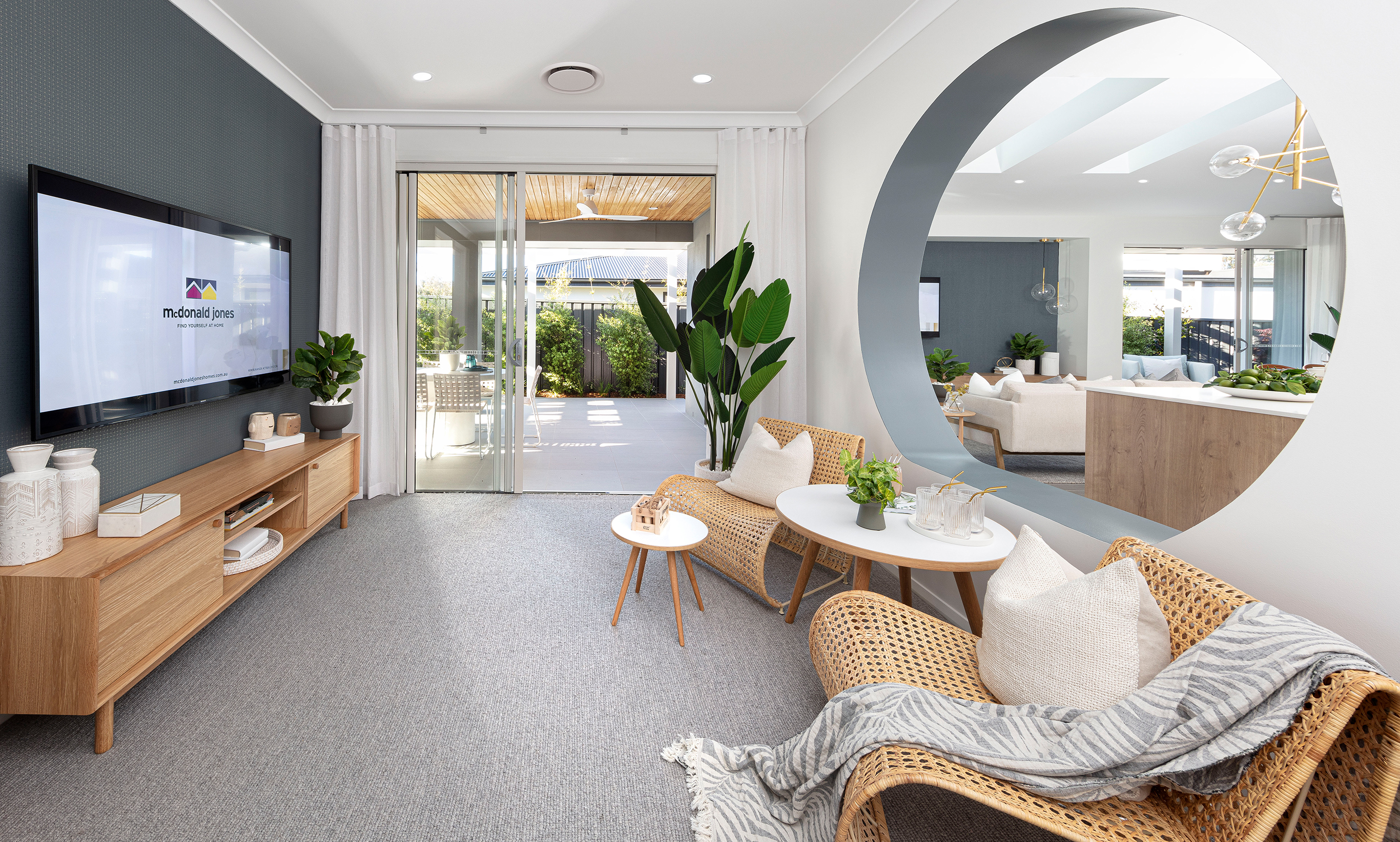
Interior decoration isn’t just about arranging furniture or selecting colors; it’s an art form that transforms spaces into living experiences. The very essence of interior design lies in the thoughtful curation and arrangement of elements to create a harmonious and functional environment that resonates with the inhabitants. In recent times, innovation has significantly reshaped the interior design landscape, introducing novel concepts and techniques.
Understanding the Art of Interior Decoration
The art of interior decoration involves understanding the dynamics of space, light, color, texture, and proportion to craft an environment that balances aesthetic appeal with functionality. It’s about creating spaces that reflect the personalities and lifestyles of the individuals inhabiting them. Interior designers often collaborate with architects, craftsmen, and artisans to bring their vision to life.
Innovation in Interior Design
Innovation in interior design continually evolves, embracing technology and unconventional materials to push boundaries. One of the significant innovations is the integration of smart home technology. From automated lighting and climate control systems to smart appliances, these technological integrations have revolutionized how spaces are experienced and managed, enhancing convenience and efficiency.
Additionally, sustainable and eco-friendly designs are gaining prominence. Designers are incorporating environmentally conscious materials and practices, aiming for spaces that are not only aesthetically pleasing but also environmentally responsible. From recycled materials to energy-efficient fixtures, these innovations contribute to a greener future for interior design.
Importance of Interior Decoration in Modern Life
In the contemporary world, where stress and a fast-paced lifestyle prevail, the significance of interior decoration cannot be overlooked. Thoughtfully designed spaces can have a profound impact on well-being and productivity. Well-designed spaces promote relaxation, creativity, and a sense of belonging, thereby positively influencing mental health and overall quality of life.
Moreover, interior decoration is pivotal in maximizing the functionality of spaces. In smaller urban dwellings, innovative designs that utilize space efficiently are becoming increasingly crucial. Multi-functional furniture, modular designs, and clever storage solutions are key components in creating practical yet stylish living spaces.
The art of interior decoration is a dynamic field constantly influenced by societal changes, technological advancements, and environmental consciousness. Its importance in modern life extends beyond aesthetics, playing a vital role in shaping living experiences, promoting well-being, and adapting to the ever-evolving needs of individuals and communities. As innovation continues to drive the industry forward, the future of interior design looks promising and full of exciting possibilities.
Dil Bole Oberoi





